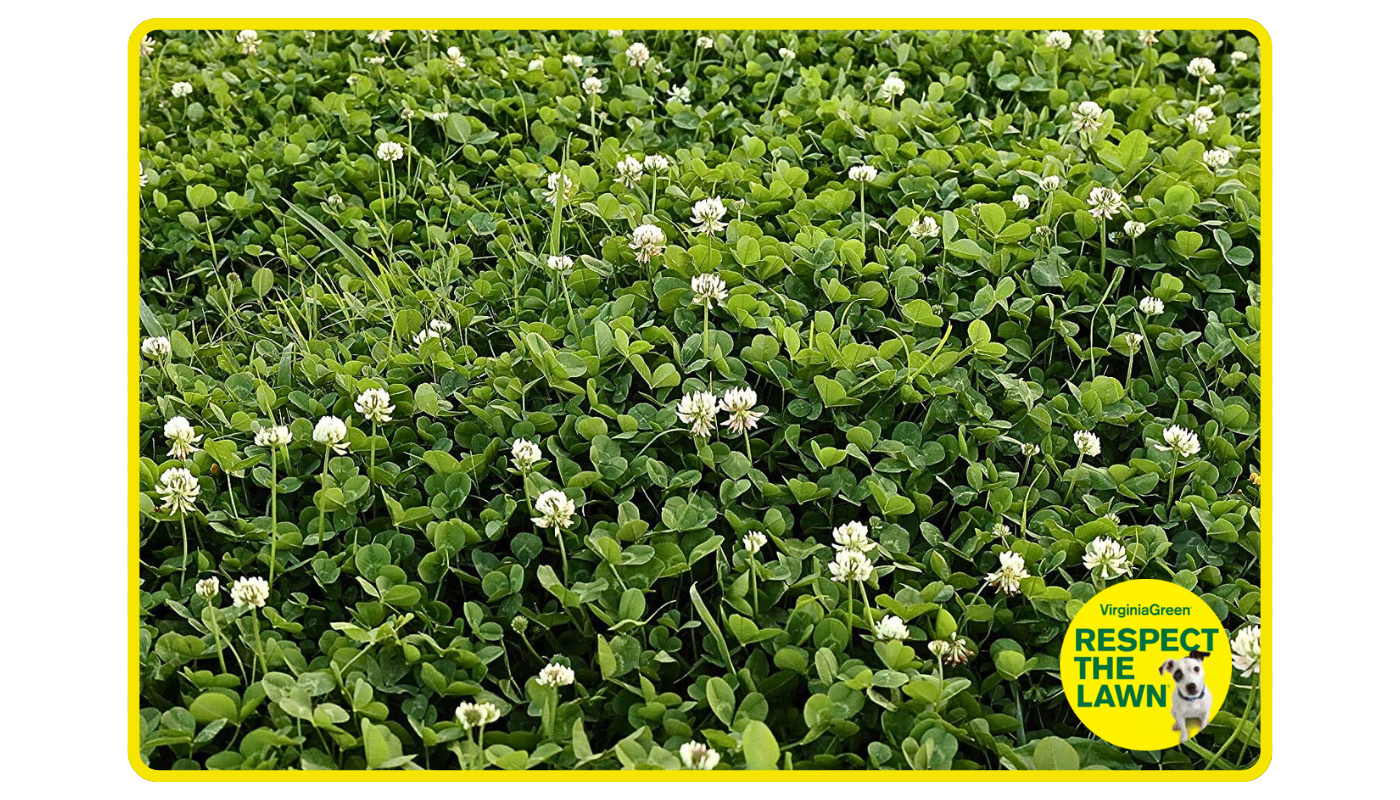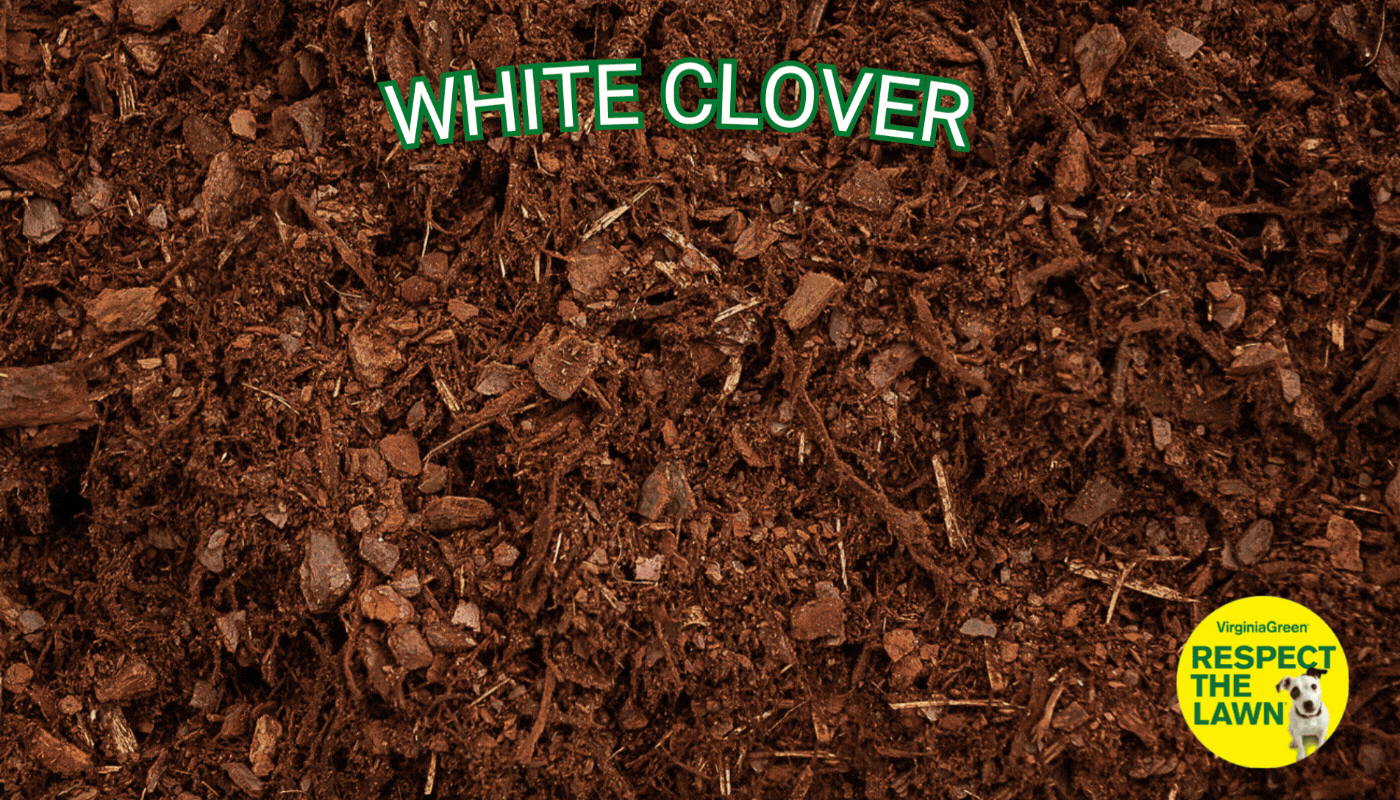White Clover
White clover is one of the easiest to identify weeds in yards due to its proliferation in turf grasses and its “good luck” lore. Many simple actions can help get rid of this pesky weed in your lawn!
White Clover (Trifolium repens L.)
Perennial
The perennial white clover features white flowers and stems that root at its nodes. Each rounded flower head, approximately 1/2 to 1 1/4 inches long, consists of 20-40 individual white flowers and sits atop a stalk (peduncle) that arises from the leaf axils. Its trifoliate leaves have three egg-shaped leaflets, each of which is widest at the apex with an indentation at its apex. Leaflets usually have a lighter green or white ‘V-shaped’ marking close to their base and a slightly toothed margin.

Identifying White Clover
White clover is one of the easiest to identify weeds in yards due to its proliferation in turf grasses and its “good luck” lore. The weed is often seen in patches, as it is attracted to nitrogen deficient turf grasses. It is easily spotted from the ovate, round leaves that have a small white line running across them. Another simple identifier for White Clover are the flower heads. These flower heads can grow as large as 1.5 inches in diameter and consist of 20 – 40 individual white flowers.
Growing patterns for the white clover vary by climate. Seed germination often takes place in the Spring as well as the Fall, with foliage typically dying back in the winter. White Clover tends to show its flowers in the Spring all the way through the Fall. Look for White Clover in full sun and unkempt turf grass areas.

You can identify White Clover using the following visual cues:
- Low, prostrate growth pattern in patches
- Attracted to turf grasses that are generally under-fertilized and under-maintained
- Stems root at leaf nodes and can grow up to 8 inches in length
- Broadleaf weed with 3 round leaves with a white strip across
- Many white flower heads consisting of 20 – 40 separate flowers
- Flowers may have light pink tips
Why You Should Remove White Clover from your Yard
White Clover has some benefit to the ecosystem, such as providing food to wildlife and a strong habitat for pollinators. There are also many reasons one may not want White Clover in their yards and lawns. The invasion of white flowers in a clean lawn can look unsightly, and the weed can spread quickly if not cared for. Some people who are allergic to bees may want to avoid White Clover as the flower heads on the weed are a natural attractor for pollinators.
When and How to Remove White Clover
Clover is usually a sign of nitrogen deficient lawns. Applying fertilizer can help add nitrogen to the soil and stymie clover growth. Often any areas of the lawn that have a reduced amount of care are prone to White Clover affliction. Make sure you mow your lawn to the correct height, water regularly and fertilize when recommended. Fall application of weed control is a strong way to combat White Clover.

Need Help Tackling Weeds?
Our agronomists (soil scientists) can give your lawn the attention it deserves.